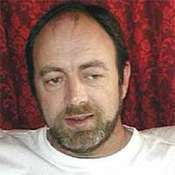If any one can help out...I'll be very gratful...
1. The Mk 2 had an upgraded Merlin (1175 hp) and improved pilot armour. Was there any visible exterior differences?
2. Some Spits had clipped wings for faster low level flight I believe.
From what mark did they start clipping?
Many thanks
Cheers
Peter

 :-)
:-) 


























